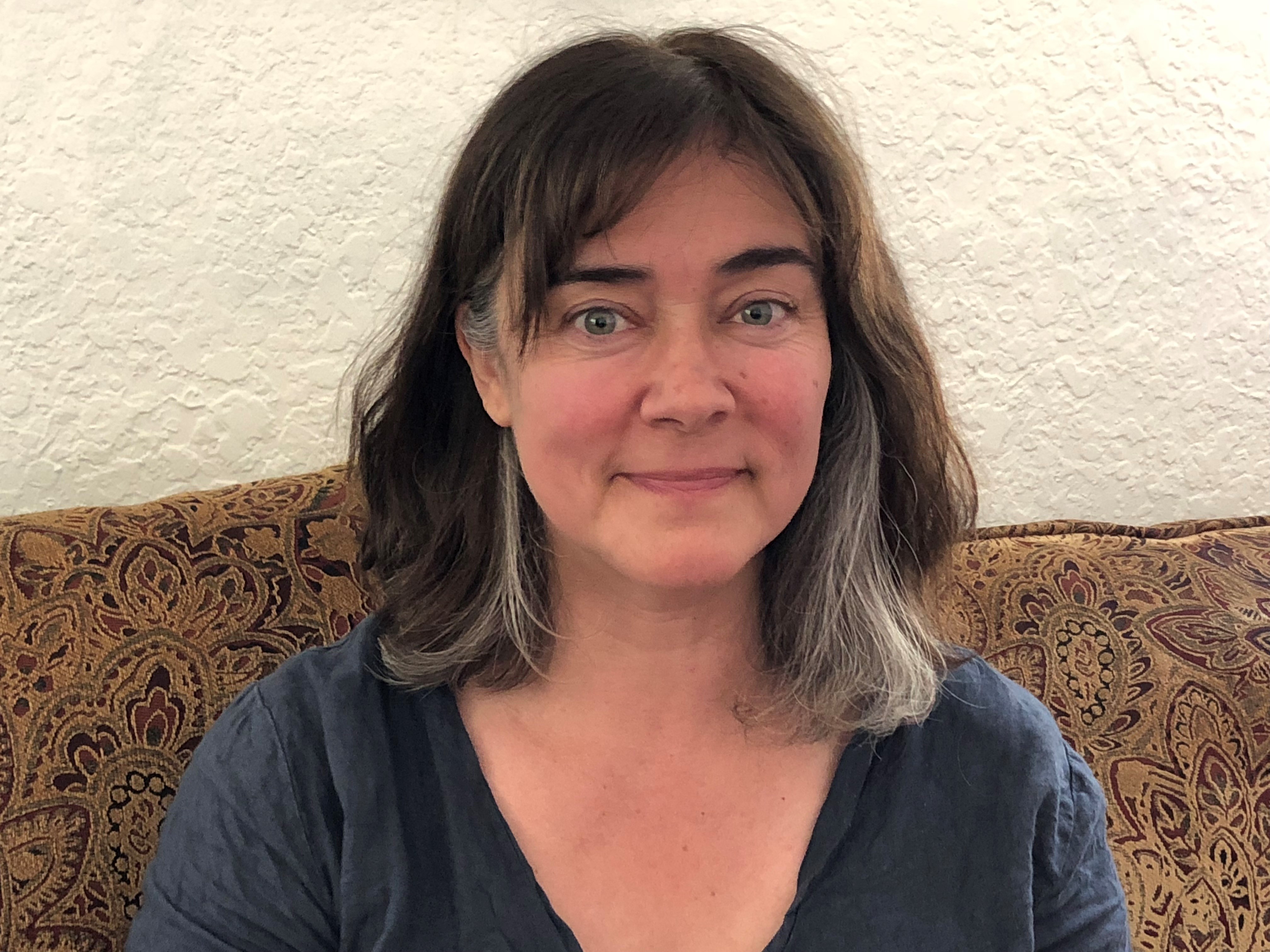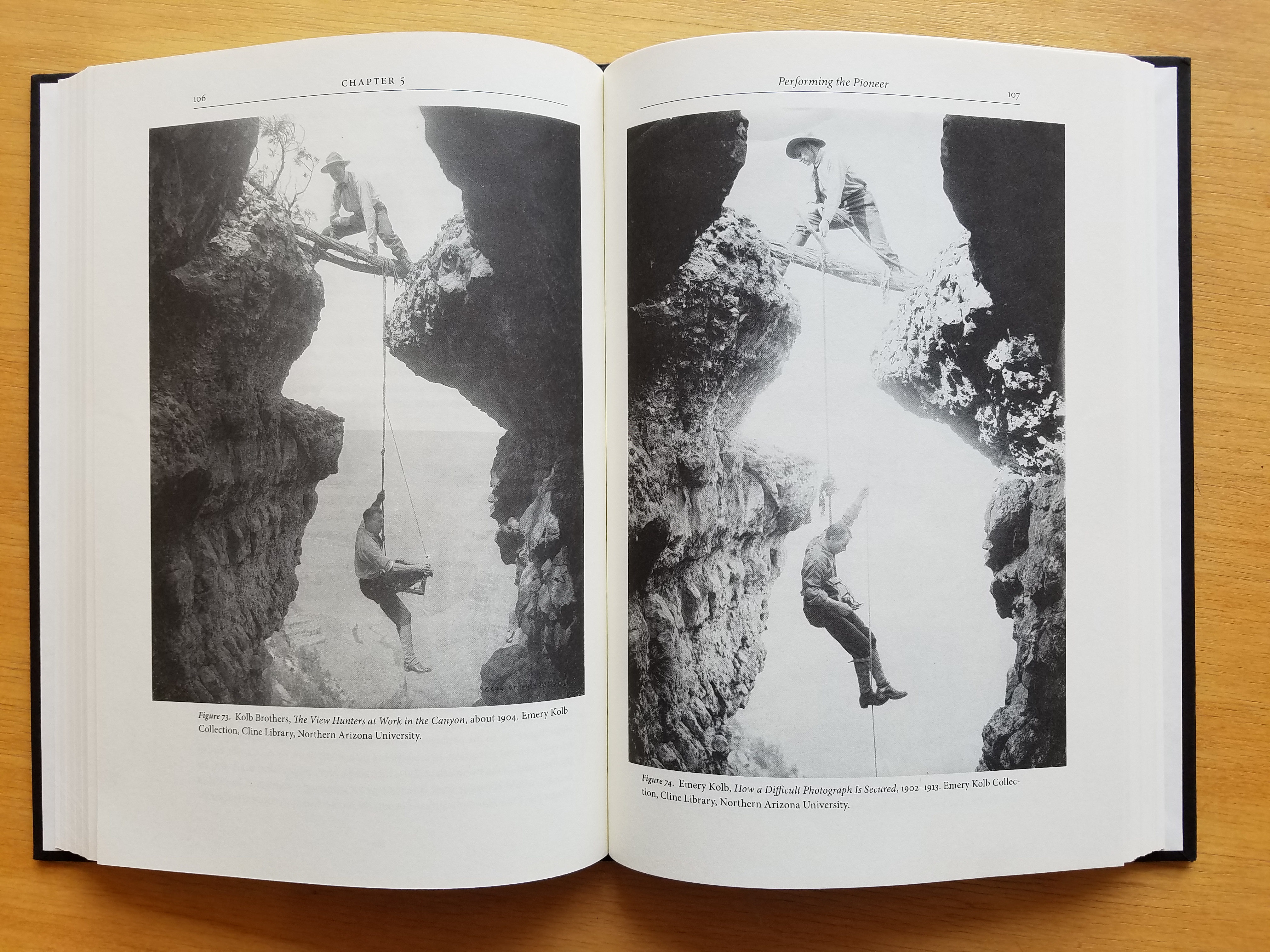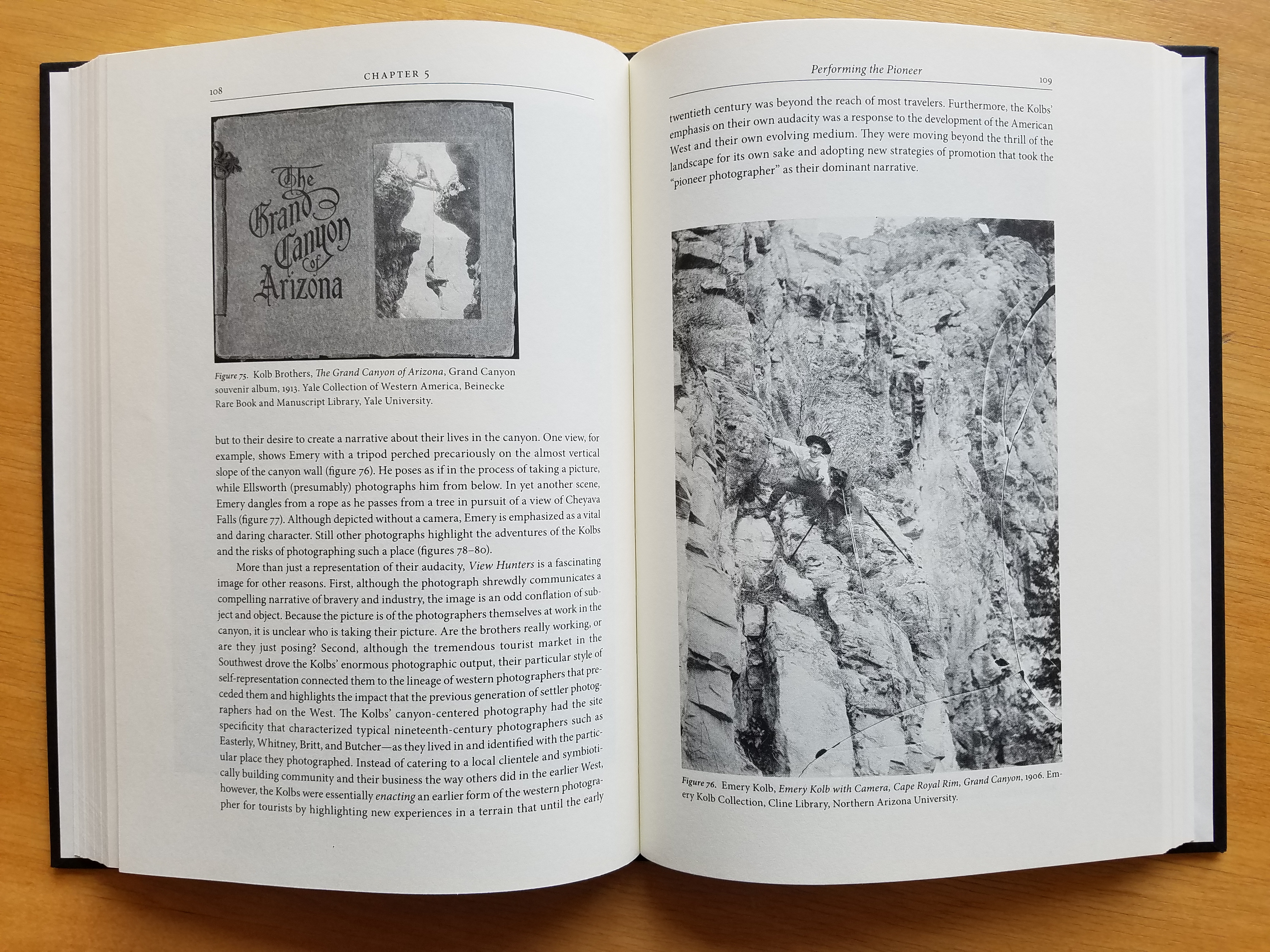Story
A Way of Creating Meaning: A Conversation with Rachel McLean Sailor
Every other year, History Colorado gives the Barbara Sudler Award for the best work of nonfiction on a western subject by a female author. Since we’ve begun reading the nominees for this year’s award, we took the opportunity to chat with the winner of the last round, Rachel McLean Sailor, an assistant professor of art history at the University of Wyoming and the author of Meaningful Places: Landscape Photographers in the Nineteenth-Century American West, published by the University of New Mexico Press. A shorter version of this interview appears in Colorado Heritage.
Your book looks at the history of early western photography. But it’s about much more than that—can you elaborate?
The book is concerned with our understanding of American places and how photography played a role in shaping that understanding. I worked from the assumption that places had preexisting meaning for local native cultures long before immigrant Americans arrived. My argument was that instead of simply capturing the truth of a place, photography was a way of creating meaning. Photography was used by nineteenth-century western settlers as a way to visualize the West as they understood it—a type of confirmation bias.
What appealed to you about the topic of early western photography in the first place?
It seems to me that historical photographs are not studied nearly as much as they should be. Art historians tend to overlook them because they are considered visual culture instead of art, and historians, until very recently, have used them as mere illustration of history instead of as primary sources. Photography historians have investigated these early American photographs the most, but I believe that more is needed in the intersection of these disciplines—and indeed, my interdisciplinary approach was quite rewarding.
I've read Ellsworth Kolb’s book about his voyage down the Colorado River and through the Grand Canyon with his brother. I was struck by the colossal effort it took to haul all of that bulky and fragile photographic equipment with them. Can you speak to what photographers had to carry as they headed into the wilderness?
Advancement in photographic technology was rapid and dramatic in the nineteenth century. Every few years the practice became easier and the products were more impressive. The daguerreotype, as the first photographic process practiced in the United States beginning in the 1840s, was not a reproducible method and was very difficult to practice in the field. Wet plate collodion methods of producing photographic negatives really allowed western imagery to be created and made available to others. This is the technology that accompanied western travelers and USGS expeditions and that allowed photographers to set up studios in communities across the West.
The equipment was bulky (view cameras and glass plates), and the process for developing negatives was laborious. Photographic prints were almost never made in the field, but created later in the studio as yet different pieces of equipment and chemicals were necessary. Field photography required pack animals and wagons. After the exposures were made, the fragile glass plates had to be transported back to a studio without breakage or corruption. Early photographic news told many tales of lost plates and disastrous ends to their labors.
What do you think drove them? The quest for the perfect image? The market for a relatively new art form? Something else?
Photographers went west for the same reasons that others did. They saw opportunity and wanted to be part of the movement. Photography, like the other technology that accompanied western expansion (the railroad, the telegraph, etc.), was a product of the industrial revolution. It was one of the technological advances that gave rise to an awareness of and excitement for a new modern era.
The local photographers I discuss in the book were acutely aware of the opportunities in their communities. They tended to be entrepreneurs. Many didn’t consider themselves artists at all. All were cognizant that they were living in extraordinary times.
Of course, photography is a very different situation today . . .
While local photography, as practiced in the nineteenth century, was quite different than it is today, some things never change. Many western communities still have local portrait studios. Their techniques are different but their products serve similar functions. In fact, some of the historic studios that I investigated are still in business. Their success, I believe, hinges on their ability to express a localism in their portrait. Images capture people in local spaces, giving them a sense of history and belonging, and creating a western (or Colorado, or desert, or coastal) identity that communicates belonging.
It seems like photography, as an art form, has a lasting hold on us. Why do you think that is?
The technology of photography has never stopped developing, and along with these constant advancements come an unbelievable abundance of possibilities for expression. The development of digital technology in our lifetime has been incredible, but consider also that the techniques of the past are becoming more and more available—daguerreotypes, tintypes, collodion methods, etc., are all being used today and are taught in art departments across the country. In the history of art, media is often linked to a specific transformative era—marble sculpture with the classical era, the advent of oil painting and the printing press with the Renaissance. Photography is the medium of the modern world, of our time.
So, what are you working on now?
RMS: My new research project is in many ways an extension of Meaningful Places. It’s an investigation into the phenomenon of late pictorialism in America, that self-consciously artful way of making beautiful photographs that dominated photographic art production in the first half of the twentieth century. I’m looking at western practitioners who participated in this type of photography as an expression of cultural regionalism—the strongly felt cultural and political movement at its height between the wars. Like my first book, this will also focus on local western photographers and will rectify, what I believe, is an overlooked era of photographic production.




